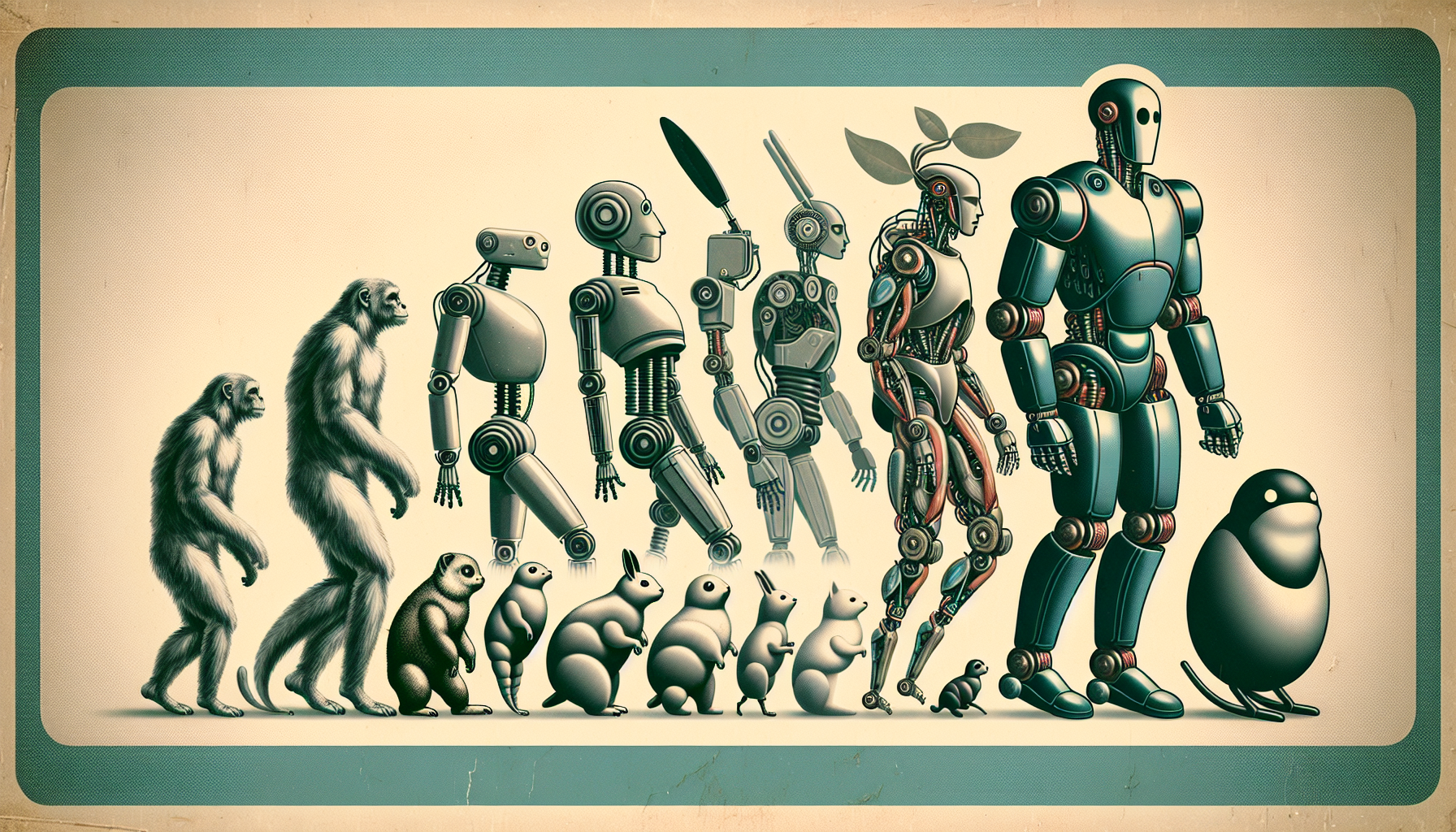In the past, robots were stiff, heavy machines made from metal and hard plastic. Now, thanks to breakthroughs in artificial muscle technology, a new wave of soft robots is beginning to move in ways that closely resemble living creatures. These remarkable machines are changing how we think about robotics, bringing us a step closer to building robots that can adapt, sense, and move as naturally as the world around them.
Understanding Artificial Muscles
Artificial muscles are a new kind of robotic “muscle” that work in ways similar to our own. Unlike traditional mechanical parts that spin or lock into place, artificial muscles are soft and flexible. They are usually made from a pouch filled with fluid—like oil—surrounded by electrodes. When a small electrical signal is applied, the electrodes contract and squeeze the pouch, pushing the fluid around. This causes the artificial muscle to flex, bend, or shorten, producing smooth and natural motion.
A single artificial muscle acts like just one strand of a muscle in your arm. By combining many of these together, scientists can build strong and flexible actuators, the robot’s version of muscle groups. Connected in the right way, these actuators let soft robots twist, lift, crawl, and move through spaces that traditional robots simply cannot handle.
The Unique Benefits of Soft Robotic Muscles
- Gentle and Safe: These robots, being soft and cushion-like, are much safer to use around people, animals, and fragile objects. They don’t cause injury if they bump into someone or something, and they’re forgiving during delicate tasks.
- Efficient Movement: Artificial muscles can store and release energy as they move—much like a real muscle. This means they often need less power to operate, making them more efficient than traditional robotic motors.
- Natural Motion: The ability to bend, stretch, and twist in all directions allows these robots to move in a lifelike manner. They can wriggle through tight spots, handle soft objects, and adapt to uneven surfaces, just as living creatures do.
Real-world Applications
The rise of soft robots powered by artificial muscles has opened up possibilities in areas where rigid robots struggle:
- Medical Devices: Soft robots are being developed for minimally invasive procedures. Their gentle touch and flexible motion are ideal for surgery inside the body, where precision and care are crucial.
- Assistive Technologies: Robots that help with daily tasks for elderly people or those with disabilities need to operate safely in close contact with humans. Soft robotics brings that safety and adaptability to a new level.
- Exploration and Delicate Handling: Soft robots can squeeze through cracks, climb over obstacles, or pick up fragile items, making them valuable in search-and-rescue operations, lab work, or even deep-sea exploration.
Progress in Research
Leading universities and research groups are rapidly advancing artificial muscle technologies. Scientists at Northwestern University and ETH Zurich have created simple, affordable soft actuators capable of amazing flexibility and strength. Meanwhile, the Wyss Institute at Harvard is exploring new foam-based muscles that closely mimic real biological tissues, bringing even more adaptability and sensitivity to robotic motion.
These advancements are laying the foundation for soft robots to become a familiar presence in healthcare, industry, and everyday life. Each new discovery brings robots closer to resembling and working alongside living beings, with empathy, safety, and grace.
A New Era of Robotics
The arrival of artificial muscles marks a turning point in the story of robotics. For the first time, robots are being built to move not as machines, but as living things—soft, strong, and smart. As research continues, we can look forward to robots that truly fit into the human world, bringing gentle hands, flexible abilities, and a new sense of possibility to technology’s role in our lives.

Leave a Reply